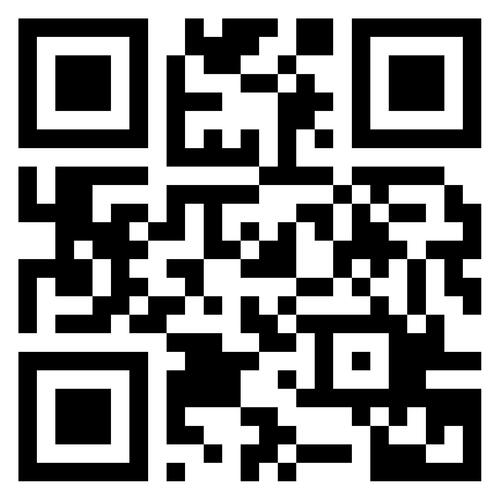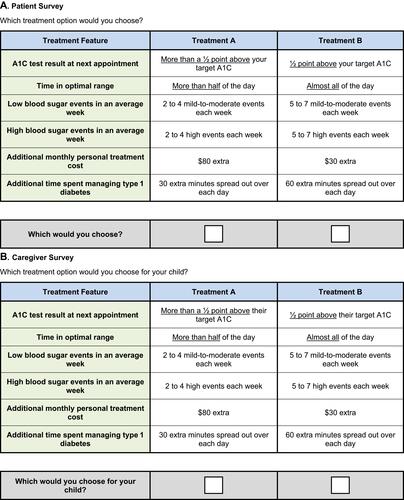Figures & data

Table 1 Attributes and Levels
Figure 1 Example Choice Questions. (A) Patient Survey, Which treatment option would you choose? (B) Caregiver Survey, Which treatment option would you choose for your child?

Figure 2 Preference Weights for (A) Adults With Type 1 Diabetes (N = 300) (B) Caregivers of Children With Type 1 Diabetes (N = 400); Attribute Relative Importance, From Most-Preferred Level to Least-Preferred Level, for (C) Adults With Type 1 Diabetes (N = 300) (D) Caregivers of Children With Type 1 Diabetes (N = 400).

Table 2 Willingness to Pay for Improvements in Treatment Outcomes

